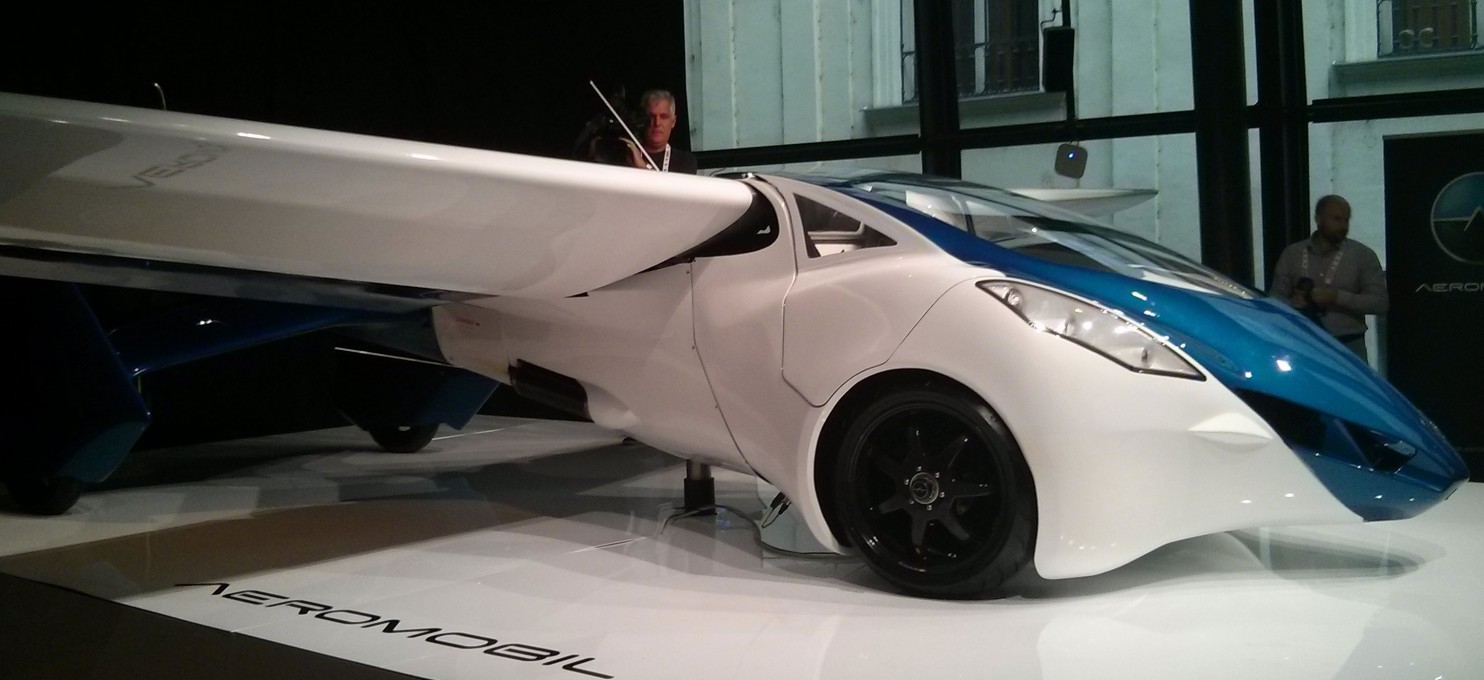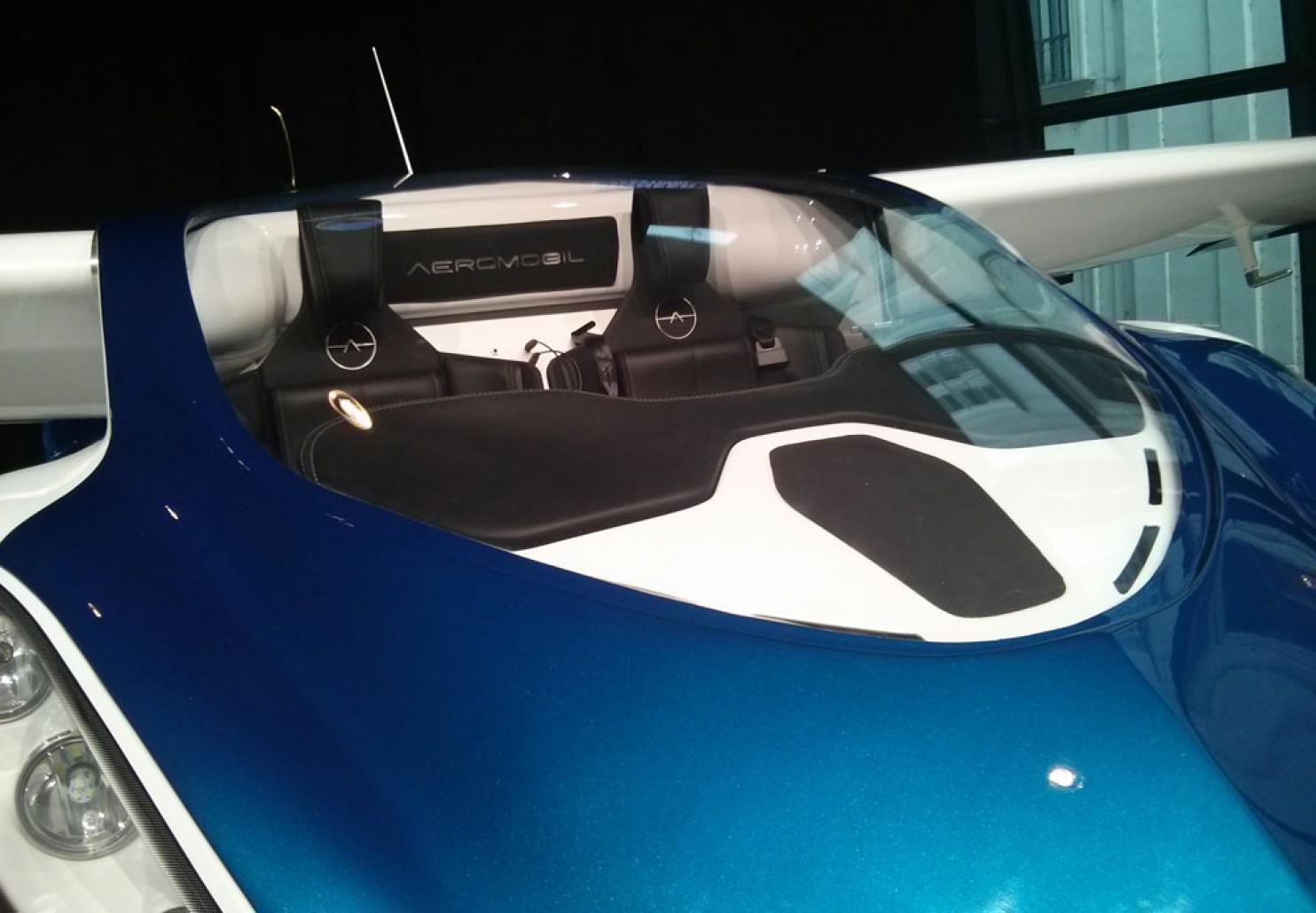
After decades of inaccurate flying car predictions, this much hyped, futuristic mode of transportation will finally become a thing! Or at least, will be in the near future now that the AeroMobil 3.0 was born into the world. Unveiled in Vienna at annual the Pioneers Festival, an annual conference of innovation, the AeroMobil 3.0 is a minivan-sized vehicle capable of functioning as either an aircraft or automobile and can use the infrastructure of both.
Designed by the Slovakian startup by the same name (AeroMobil), the AeroMobil 3.0 is equipped with a 100-horsepower four-cylinder Rotax engine that can reach a top speed of 100 mph, covering up to 500 miles in distance at a maximum altitude of 9,800 feet. The vehicle needs only 250 meters to take off and only 50 meters — the length of an Olympic swimming pool — to land; it can land on both paved and unpaved airstrips before driving off on automobile-like wheels. The effect this type of wheel plays on AeroMobil 3.0’s ability to withstand the shock of landing has not been discussed, but judging by the smooth landing witnessed in the video below of its maiden voyage captured on Wednesday, October 29, 2014, automobile-like wheels would not appear detrimental.
Sitting inside the cockpit is a dual-navigation system that allows the driver to transition between steering wheel and piloting controls with ease. Additionally, the exterior is covered in carbon fiber and retractable; the carbon-fiber wings sit at a 3-degree angle to grant the vehicle increased stability.

The vehicle operates very smoothly according to Juraj Vaculík, AeroMobil’s co-founder and chief executive, but it naturally requires a pilot’s license. Unfortunately, AeroMobil 3.0 is not yet up for sale.
Transition, another flying car startup, has worked on a similar project since early 2006, but got stuck in development limbo after attempting to comply with a series of alterations to comply with regulations put forth by the FAA and highway authorities. Vaculík remains optimistic that AeroMobil 3.0 is excluded from a similar fate because it is safe to operate, thanks to its autopilot and emergency parachute system, and drives like a normal car on the road.
The primary challenge to overcome is market demand; considering the cost of the AeroMobil 3.0 falls into the range of supercars, it’s difficult to predict the level of demand. Stefan Vadocz, AeroMobil’s head of PR, reasons that consumers will want an AeroMobil 3.0 because it is more efficient than a car as it never has to sit in traffic, nor does its owner need to rent a hanger to store it since its foldable wings allow it to fit into a standard garage. As someone who recently flew aboard a Cessna aircraft, I can say that it’s worth pointing out that flying a personal aircraft is not as simple as jumping in and hitting the skies; pilots must contact their nation’s aviation authority to create a flight plan every time they wish to take off, which can be a major hassle, especially in the post-911 climate.
Via WashingtonPost
Advertisement
Learn more about Electronic Products Magazine





